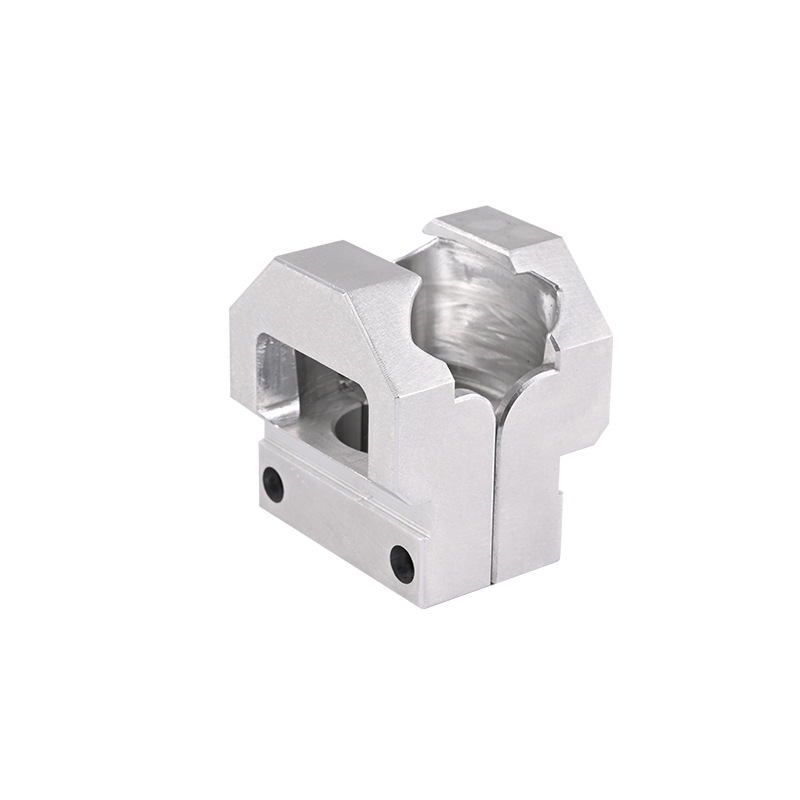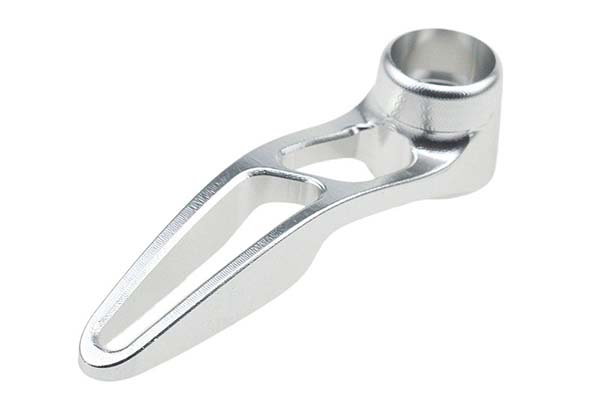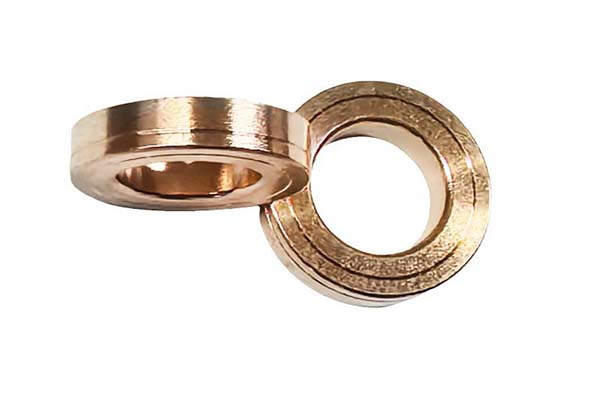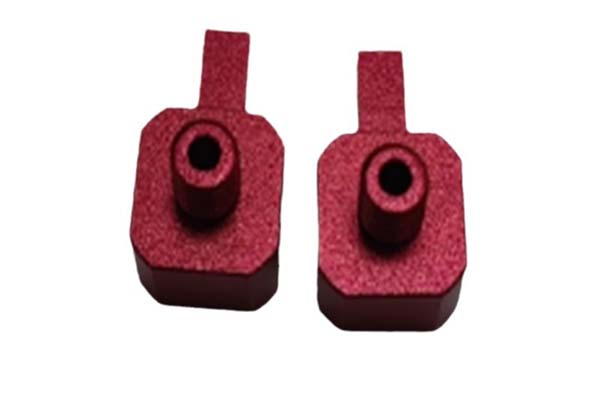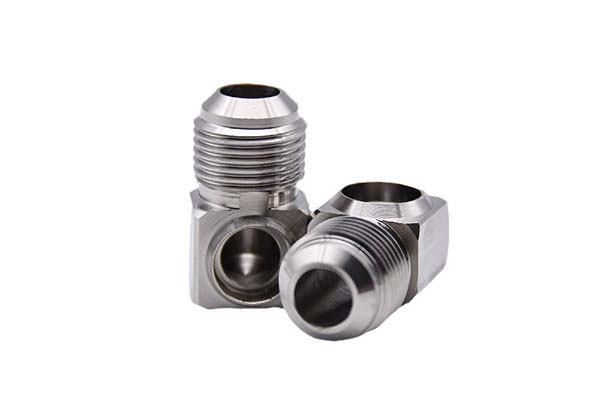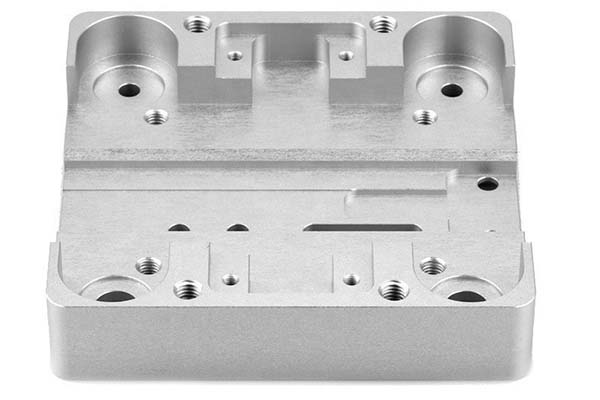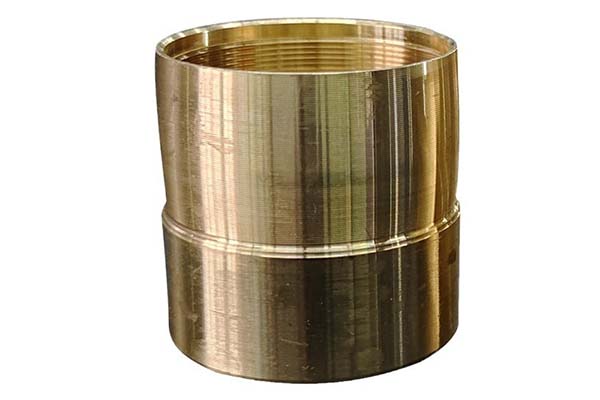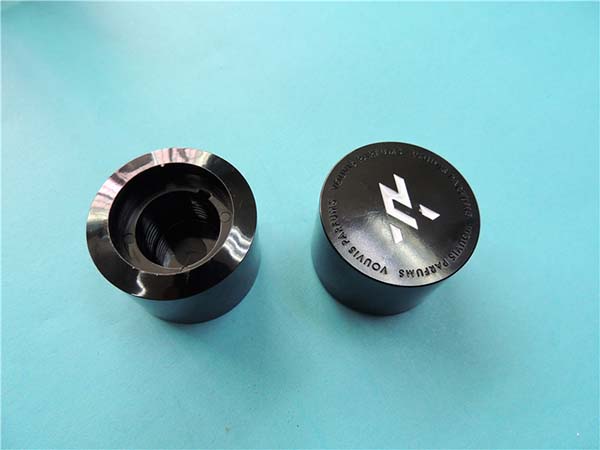Introduction to Precision Machining
What is Precision Machining?
Precision machining refers to a mechanical processing process that uses advanced equipment and techniques to achieve precise dimensional, shape, and surface quality requirements. In precision machining, the tolerance range can be controlled within a very small value, often in the micrometer (μm) or even nanometer (nm) level. For example, in the aerospace industry, parts for aircraft engines may require dimensional tolerances of ±0.001 mm. This high - precision processing can ensure the performance, reliability, and service life of components.
This process is not just about making parts accurately; it also involves creating complex geometries with high surface finish. For instance, in the production of optical lenses, the surface roughness needs to be extremely low to ensure high - quality light transmission and imaging. Precision machining techniques can achieve surface roughness values as low as Ra 0.01 μm, which is smooth enough to meet the strict requirements of optical applications.
Key Technologies in Precision Machining
Advanced CNC Machining
Computer Numerical Control (CNC) machining is the cornerstone of modern precision machining. In CNC machining, a computer program controls the movement of machine tools. This technology allows for the production of highly complex parts with extreme precision. For example, in the production of aerospace engine impellers, which have complex curved surfaces, CNC machining can accurately control the cutting tool's path through precise programming.
Compared with traditional machining methods, CNC machining offers several significant advantages. First, traditional machining often relies on the skills and experience of operators, which may lead to inconsistent quality. In contrast, CNC machining can maintain high - precision and consistent production, reducing errors caused by human factors. Second, CNC machining can achieve higher production efficiency. It can run continuously for long periods, automatically changing tools and processing different parts of the workpiece according to the pre - set program. For instance, in a traditional machining process, changing a tool may require manual operation and adjustment, which is time - consuming. In CNC machining, this process can be completed automatically within a short time.
Ultra - Precision Machining Techniques
Ultra - precision machining techniques are at the forefront of precision machining, aiming to achieve extremely high - level precision. One of the representative techniques is ultra - precision cutting, such as single - point diamond turning (SPDT). In SPDT, a single - crystal diamond cutting tool is used to precisely remove material from the workpiece surface. This technique can achieve a surface roughness as low as Ra 0.001μm and a dimensional accuracy of ±0.0001 mm in some cases.
These ultra - precision machining techniques are widely used in the manufacturing of optical components. For example, in the production of high - end camera lenses, the surface shape accuracy requirements are extremely high. Ultra - precision machining can ensure that the lens surface has a smooth and accurate shape, minimizing optical aberration and improving image quality. Another application is in the semiconductor industry. The production of silicon wafers for microchips requires ultra - precision machining to achieve the nanometer - level dimensional accuracy necessary for the miniaturization and high - performance of semiconductor devices.
Precision Measuring and Control Systems
Precision measuring and control systems play a crucial role in precision machining. They are used to ensure the accuracy of the machining process and the quality of the final products. These systems can measure the dimensions, shape, and surface roughness of the workpiece in real - time during machining.
Commonly used measuring tools in precision machining include coordinate measuring machines (CMMs), laser interferometers, and profilometers. CMMs can accurately measure the three - dimensional coordinates of points on the workpiece surface, with measurement accuracies often reaching the micrometer level. Laser interferometers are used for high - precision length and displacement measurements, with accuracies that can reach nanometer levels in some applications. Profilometers are used to measure the surface roughness of the workpiece.
The data collected by these measuring tools is fed back to the control system of the machine tool. If any deviation from the design requirements is detected, the control system can automatically adjust the machining parameters, such as the cutting speed, feed rate, or tool position. This real - time monitoring and adjustment mechanism can effectively ensure the machining accuracy and quality, reducing the number of defective products.
Diverse Applications of Precision Machining
Aerospace and Defense
In the aerospace and defense industries, precision machining is of utmost importance. It is extensively used in the manufacturing of aircraft engine components, such as turbine blades and compressor disks. These parts operate under extreme conditions of high temperature, high pressure, and high rotational speed. For example, turbine blades in a jet engine need to withstand temperatures exceeding 1,000°C while rotating at high speeds. Precision machining ensures that the blades have the correct aerodynamic shape, precise dimensions, and excellent surface quality. This not only improves the efficiency of the engine but also enhances its reliability and safety.
In the production of missile components, precision machining is also crucial. Missiles require highly accurate guidance systems and components to ensure their precise flight and accurate targeting. Precision - machined parts can reduce the weight of the missile while maintaining its structural strength, which is essential for improving the missile's range and maneuverability.
Medical Device and Life Sciences
Precision machining plays a vital role in the medical device and life sciences fields. In the manufacturing of surgical instruments, such as scalpels, forceps, and endoscopic tools, high precision is required. For instance, the tips of forceps used in microsurgery need to be precisely machined to ensure delicate tissue handling without causing excessive damage.
Artificial joints, like hip and knee replacements, are another area where precision machining is essential. These implants must have an accurate shape and surface finish to fit the patient's anatomy perfectly and ensure long - term functionality. A misaligned or poorly - finished artificial joint can lead to pain, limited mobility, and the need for early revision surgery.
Medical Detection equipment,such as magnetic resonance imaging (MRI) machines and high - precision blood analyzers, also rely on precision - machined components. The precise alignment of parts in an MRI machine is crucial for obtaining high - quality images, while in a blood analyzer, the accuracy of fluid - handling components affects the reliability of test results.
Automotive and Electric Vehicle Systems
In the automotive industry, precision machining is applied in the manufacturing of various components. In the production of car engines, parts like engine blocks, cylinder heads, and crankshafts are precision - machined. For example, the cylinder bores in an engine block need to have a very precise diameter and surface finish to ensure proper piston - cylinder fit. This reduces engine wear, improves fuel efficiency, and increases power output.
In electric vehicle (EV) systems, precision machining is equally important. In the production of EV battery components, such as battery enclosures and electrode plates, high - precision manufacturing is required. The precise alignment and fit of battery components are crucial for ensuring efficient energy storage and transfer. A well - machined battery enclosure can protect the battery cells from external damage and maintain a stable operating environment, while precisely - made electrode plates can enhance the battery's charging and discharging performance.
Semiconductor and Electronics
Precision machining is the backbone of the semiconductor and electronics industries. In chip manufacturing, the process involves a series of ultra - precision machining steps. Lithography, for example, is a key process that uses light to transfer a circuit pattern onto a silicon wafer. This requires extremely high - precision optical components and mask alignment to achieve the nanometer - scale feature sizes necessary for modern chips.
In the production of electronic components like capacitors, resistors, and inductors, precision machining ensures their accurate dimensions and electrical properties. As electronics continue to miniaturize, the demand for precision - machined components becomes even more critical. For example, in smartphones, the internal components need to be highly precise to fit into a compact space while maintaining high - performance operation. High - precision machining enables the production of smaller, more powerful electronic devices that can meet the ever - increasing demands of consumers for functionality and portability.
Yigu Technology's Perspective
As a non - standard plastic and metal products custom supplier, Yigu Technology has rich experience and distinct advantages in precision machining.
We have the ability to handle complex - shaped parts. For example, for some aerospace - related non - standard plastic connectors with intricate internal structures and precise dimensional requirements, our advanced CNC machines, combined with experienced technicians, can ensure that every detail of the part is accurately processed. This allows us to meet the high - standard needs of various industries for complex - shaped components.
Moreover, Yigu Technology is committed to providing customized solutions. We work closely with clients from the initial design stage, listening carefully to their requirements. Through in - depth communication, we use our professional knowledge to optimize the design and processing plan. This not only helps clients save costs but also ensures that the final products have excellent performance, perfectly fitting into their specific application scenarios.
FAQ
What is the difference between precision machining and ordinary machining?
The main differences lie in several aspects. In terms of processing accuracy, precision machining can achieve tolerance levels in the micrometer or even nanometer range, while ordinary machining usually has larger tolerances, often in the millimeter range. For equipment, precision machining requires advanced and high - precision machine tools, like ultra - precision lathes and high - end CNC machining centers, while ordinary machining can be carried out with more common machine tools. Regarding the processing technology, precision machining uses complex and advanced techniques such as ultra - precision cutting and electrochemical polishing, while ordinary machining mainly adopts general - purpose cutting and forming methods. In terms of application fields, precision machining is mainly used in industries with high - precision requirements, such as aerospace and semiconductors, while ordinary machining is suitable for general - purpose mechanical parts manufacturing, like some components in daily - use machinery.
How to ensure the accuracy of precision machining?
To ensure the accuracy of precision machining, several measures can be taken. First, regularly maintain and calibrate the machining equipment to ensure its high - precision performance. For example, use precision measuring instruments to check the positioning accuracy of the machine tool axes at regular intervals. Second, ensure the accuracy of programming. The programming code should be carefully designed to accurately control the movement of the tool. Third, train operators to improve their skills and knowledge. Skilled operators can better handle various situations during machining and ensure the quality of processing. Finally, establish a strict measurement and control system. Continuously measure the dimensions and shape of the workpiece during machining, and make timely adjustments according to the measurement results.
What industries have the highest demand for precision machining?
Industries with a high demand for precision machining include aerospace, where parts need to meet strict requirements for high - temperature resistance, high - pressure resistance, and high - speed rotation, such as engine components. In the medical field, precision - machined surgical instruments and artificial joints are crucial for patient treatment and recovery. The semiconductor industry also has an extremely high demand. The production of microchips requires ultra - precision machining to achieve nanometer - scale feature sizes, which is essential for the performance and miniaturization of electronic devices.

